From Pet to Pest
The Invasive Goldfish
Did you know that invasive species are the second biggest threat to biodiversity after habitat loss? Do you ever wonder how some of our invasive species initially arrived to New Brunswick? Alien species can arrive in several ways, including ships, vehicles, machinery, humans and the dispersal via wildlife, wind and water from nearby infested areas. Some species were accidently introduced through ballast water on ships (i.e. zebra mussels, European green crab), while others were intentionally introduced due to benefit humans without knowing that the species would become invasive (i.e. rock pigeons, Japanese knotweed).
Invasive species can thrive in their new environments because they have very few or no natural predators or other elements that would normally keep them in check. These new introduced species have the ability to outcompete our native species for resources (habitat, food and shelter). In just a short time, invasive species can spread across the country if they are not controlled.
Last week, we got a phone call from a local school concerned about the amount of goldfish that can be found in their campus storm water pond. It's thought that students have been dumping their unwanted pets into this waterbody for years when they leave for summer vacation/graduation. You might be asking yourself: what is so harmful about a few goldfish in a natural environment? The answer is: everything. Goldfish are becoming one of the worst invasive aquatic species in the world. These fish are able to tolerate changes in water temperature, as well as water with low levels of dissolved oxygen, and will primarily feed on fish eggs, larvae and aquatic plants – outcompeting our native aquatic species. Goldfish can grow quickly and up to 40 cm in length!
We teamed up with the students from the school to collect as many goldfish as we could out of the pond, and to educate them on the dangers of invasive species. The students suited up in waders, grabbed nets, and began corralling fish.
Students waist deep in the stormwater pond on school property trying to capture introduced goldfish.
Despite the rain, the students had a great time catching fish. It was even some of the students first time in chest waders – which is a whole different experience in itself. With the help of spectators, students were able to catch almost 25 goldfish! After speaking to some of the teachers from the school, I was informed that there were approximately 80+ goldfish living in this pond. Although the students were not able to catch all the fish, it was thought that this could a be a fun, recurring activity in the future for the students until all the fish are gone.
Some of the goldfish that were caught using using handheld nets.
One of the main questions I received during this workshop was: “what will you be doing with these fish when we go back to class?”. When I was first asked to lead this workshop, I didn’t really have a plan, as I didn’t have a tank at the office or at home to put the fish in. I decided to call one of our local pet supply stores to see if they would be interested in adopting the goldfish that had been collected. Without hesitation, they told me to bring them over and they would find them a new home.
I’m hoping that the students learned something from this experience – whether it was about not dumping their unwanted fish into lakes and streams or about general invasive species education. Remember, this situation also relates to everyone! If for any reason you cannot take care of your aquarium fish, please DO NOT dump them into a nearby stream, look for other alternatives:
- Ask a family member/friend if they are interested in adopting your fish – many people have fish tanks in their home and may gladly take these critters off your hands.
- Call your local aquarium – as long as the goldfish haven't grown to 40 cm in length, these facilities will usually take your unwanted pet (as it can be seen as free merchandise for them).
Goldfish being introduced to their new aquarium home.



